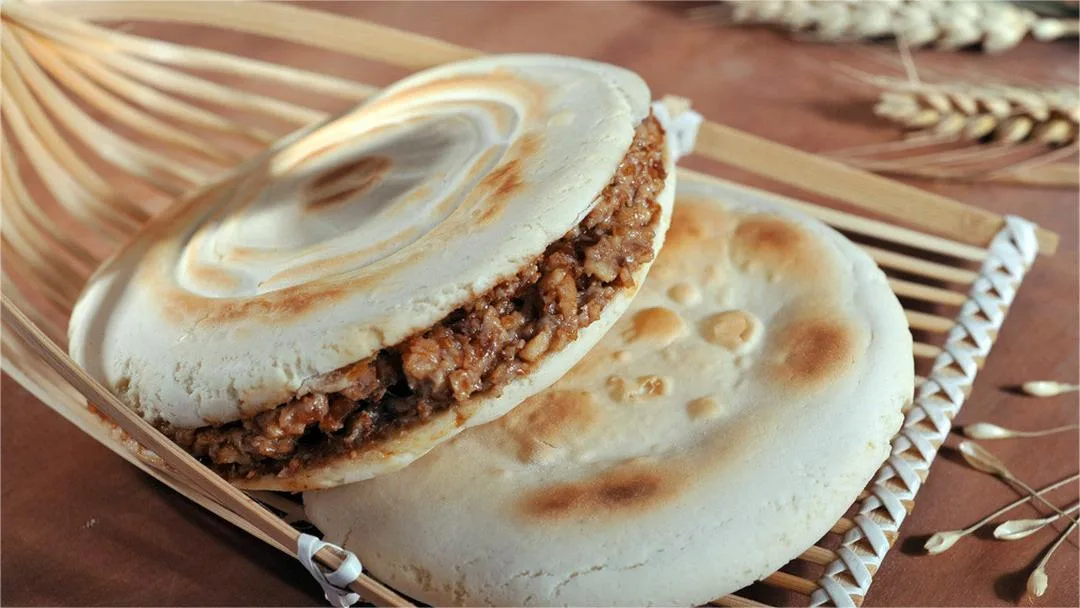Xi’an, formerly known as Chang’an (when did Chang’an become Xi’an), served as one of the ancient capitals of China and marked the starting point of the Silk Road. This historical significance facilitated the enrichment and development of Xi’an’s culinary culture through the exchanges between the East and the West. In the early stages, during the Han Dynasty, Xi’an’s culinary culture revolved around banquets featuring “meat and wine,” emphasizing the consumption of meat and the refinement of cooking techniques. Various sumptuous meat dishes became the hallmark of the era. Situated in the Guanzhong Plain, wheat cultivation was widespread, leading to the prominence of wheat-based dishes, laying the groundwork for the later development of Shaanxi noodles.
The Tang Dynasty marked the pinnacle of Xi’an’s culinary culture, characterized by its rich diversity and exquisite refinement. It was a period renowned for elaborate palace cuisine, such as the sumptuous Ruyi Golden Dish, assorted fish banquet, and turtle delicacies. During this era, Xi’an’s cuisine began to integrate Northern cooking techniques with Southern dietary habits, resulting in a more diverse array of dishes. Moreover, various palace dishes gradually made their way into the folk culinary scene, shaping the distinctive local specialties that Xi’an is known for today.
Formation and Inheritance of Signature Snacks:
Roujiamo (Chinese Hamburger): Roujiamo, one of Xi’an’s most famous delicacies, consists of baked wheat buns stuffed with stewed meat. Its history can be traced back to the Warring States period over 2000 years ago when pork products were referred to as “cold meat.” Through generations of evolution, it gradually evolved into the current Roujiamo with its distinctive features. The characteristic features of Roujiamo include its bright red color, tender texture, rich flavor, and long shelf life, making it a designated intangible cultural heritage of Shaanxi Province.
Yangrou Paomo (Crumbled Unleavened Bread Soaked in Lamb Soup): Yangrou Paomo is a traditional delicacy of Xi’an, comprising unleavened bread, lamb, and various seasonings. According to legend, Yangrou Paomo originated from the ancient “cow and sheep soup,” which was listed as a royal delicacy during the Western Zhou Dynasty. During the Northern and Southern Dynasties period, a man named Mao Xiuzhi presented the Emperor Wu of the Song Dynasty with this dish, which led to his appointment as a high-ranking official. Another interesting legend tells of Emperor Taizu of the Song Dynasty, who, before ascending the throne, tasted Yangrou Paomo in Xi’an and found it to be more delicious than any other delicacy. This story contributed to the fame of Yangrou Paomo as a renowned snack in Chang’an Street.
Liangpi (Cold Noodles): Liangpi is another distinctive delicacy of Xi’an, made from wheat flour and characterized by its refreshing texture. According to historical records, Liangpi originated in the Qin Dynasty, initially known as “Pi Er Duo.” By the Tang Dynasty, the production techniques of Liangpi had been improved, eventually evolving into the beloved dish it is today.
Youpo Noodles (Noodles with Hot Oil): Youpo Noodles is a traditional noodle dish of Xi’an, consisting of hand-pulled noodles drenched in hot oil. According to historical records, Youpo Noodles evolved from the “ritual noodles” of the Zhou Dynasty. During the Qin and Han Dynasties, it was called “汤饼 (soup cake),” while in the Sui and Tang Dynasties, it was known as “long-life noodles,” signifying longevity. By the Qing Dynasty, the production techniques of Youpo Noodles had been further refined and have been passed down to this day.


